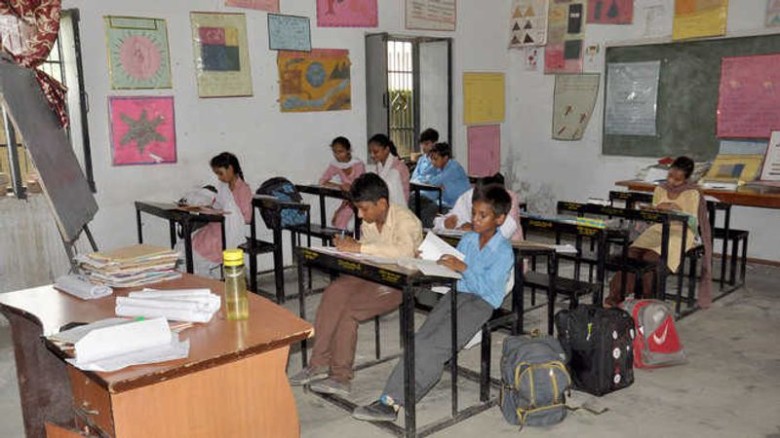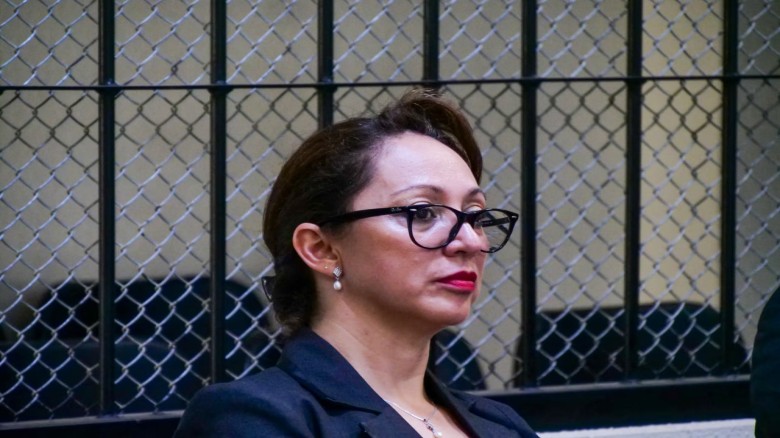Number of NSW Children in Youth Detention Rises by One Third, New Data Reveals
New data has shown a troubling increase in the number of children in youth detention in New South Wales (NSW), with experts warning that locking up more young people will not reduce crime. The increase comes as the Minns government pushes to extend controversial laws that make it harder for young offenders to be granted bail.
According to the NSW Bureau of Crime Statistics and Research (Bocsar), 225 young people were in custody in December 2024, marking a rise of 54 compared to the previous year. The number of Indigenous children in youth detention rose by almost 22%, with 129 young Indigenous Australians now held in custody.
Jackie Fitzgerald, executive director of Bocsar, explained that the 32% overall increase in the youth custody population is largely due to more young people being held on remand following a rise in the severity of bail decisions. "We’ve seen an increase in the remand rate for a range of offences, not just car theft and break-ins, but also assault charges," Fitzgerald said.
Despite the rising number of young people detained, crime rates among youth have remained largely stable, with a small increase in shoplifting offenses. The increase in detentions has sparked concern among experts, with some warning that the focus on punitive measures may be misguided.
The NSW government is now seeking to extend laws that make it more difficult for children to be granted bail, a move that has already drawn criticism. The laws, introduced last year by Premier Chris Minns in response to rising regional crime, make it harder for young people accused of crimes like break-and-enters or car theft while on bail to get bail again. While some support the extension, others, such as independent MP Roy Butler, have voiced concerns. "This isn’t going to change long-term outcomes for communities or for the individuals involved," Butler said. As a former police administrator, he believes more investment in diversionary programs targeting the root causes of youth crime is key.
Fitzgerald noted that while the rise in custody numbers isn’t solely attributable to the new bail laws, they likely have played a role. "Legislative changes, even when specific to certain offences, can send a signal about the government's stance on bail, influencing bail decisions," she said.
Alongside punitive measures, the Minns government has also invested in diversionary programs aimed at addressing youth crime. The government recently pledged an additional $2 million to these initiatives as part of its efforts to combat rising youth crime, despite continued opposition to the tightening of youth bail laws.
Roy Butler, representing Barwon, an area that includes some of the most disadvantaged communities in the state, emphasized that more investment is needed in programs that prevent crime and address its root causes. "Young people who commit less serious crimes often end up committing more serious crimes the longer they stay in contact with the criminal justice system," he warned. Butler advocates for more effective diversion programs, which he believes can set young offenders on a better path before they face decades of involvement in the justice system.
However, critics of the government's approach, such as Karly Warner, CEO of the Aboriginal Legal Service, argue that increasing child imprisonment will only exacerbate the problem. "Locking kids up has never worked anywhere," Warner said. "It not only fails to reduce crime but also sets another generation of children on a path toward a life of crime and suffering."
The financial cost of detaining young people is significant, with government figures showing it costs $2,748.96 per day to keep a young person in a youth justice center.
Police Minister Yasmin Catley acknowledged the complexity of the issue, stating that there is "no one-size-fits-all solution" and emphasizing the importance of crime prevention. "We know that the best thing we can do is prevent crime in the first place," she said, highlighting the government's commitment to finding balanced, long-term solutions.









































































Leave A Comment